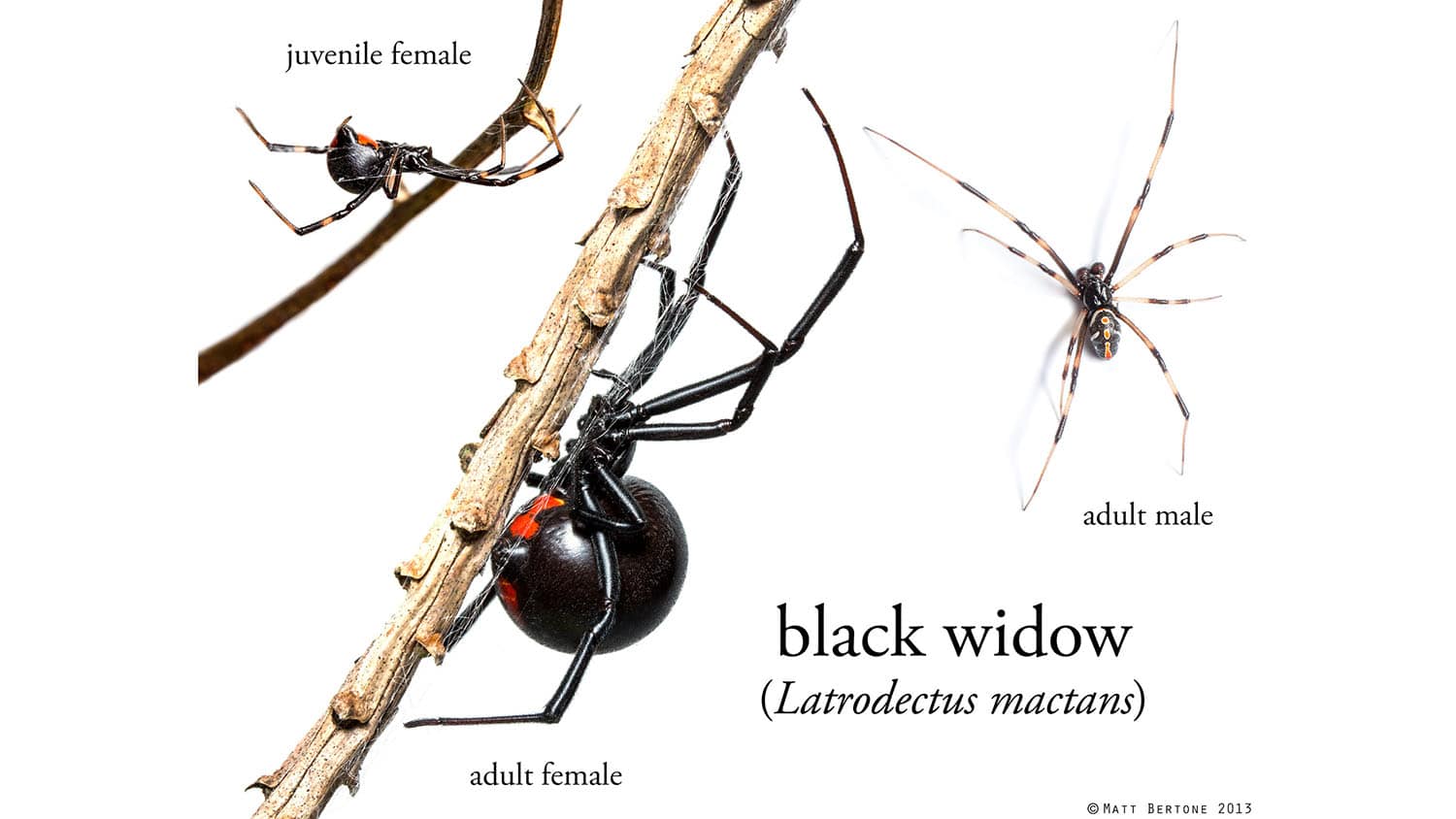Intersectionality: The Importance of Acknowledging Diverse Experiences to Make STEM More Inclusive
Fay Cobb Payton is an associate professor of information technology at NC State, with a background in corporate IT. But she’s also a researcher, whose work has focused on issues related to diversity in science, technology, engineering and mathematics (STEM).
She recently published a book on what can be done to make STEM more inclusive. We sat down to talk with Payton about the book, her work, and why STEM diversity matters for both the research community and the corporate world.
The Abstract: What is the name of the book and what’s it about?

Fay Cobb Payton: The name of the book is Leveraging Intersectionality, and it has a subtitle – “seeing and not seeing.” I came to the name of my book because I was asked how did I get to my research, to the work that I’ve done looking at issues around inclusion in computing, STEM fields and several research papers that I had written.
That caused me to reflect on my work. I came to the idea of leveraging intersectionality because I’m familiar with Kimberlé Crenshaw’s work – Crenshaw actually coined that phrase, intersectionality. She’s a law professor and she came up with this idea that we all come from topics of interest, experiences in life, based on the intersections of what typically have been specific ways that we define ourselves.
She took the perspective as a black female that we have intersectional experiences, which could mean gender, it could be race, it could be age, it could be religion, it could be a number of markers that we identify with as human beings.
Intersectionality means taking a look at the ways in which we describe ourselves. Those intersectional markers influence our own experiences, and what we take away from those experiences. And it’s not just how we see ourselves, but how other people see us. Both influence the experiences that we have.
I borrowed that because, quite frankly, in STEM areas, very little has been done to take an intersectional perspective when it comes to STEM inclusion. How can we leverage that in terms of providing a diverse perspective on what is and is not happening in STEM fields?
TA: Can we use the way that we identify ourselves, and our experiences, to approach issues related to inclusion in STEM fields?
Payton: Absolutely.
I think it bears on inclusion – the term you hear most is diversity. I think if we challenge ourselves to look intersectionally, it could bring a lot more richness to the conversation.
I’ll give you an example. Recently the Chronicle of Higher Education did a story on black men in the academy and their experiences, in STEM-related fields in particular. This is what we’re talking about – the intersection of all of those identity markers and what kind of experiences do we bring to bear when we’re talking about diversity and inclusion.
TA: Is the idea here to create a discussion that can bring more diverse people into STEM fields?
Payton: The idea is to start a dialogue. Actually, there is a dialogue, there’s plenty of dialogue. The idea here is to take a look at the seen and the not seen. It’s not all physical attributes. It could be diversity of thought, of leadership. It has bearing not only to the academy – because I come also from the experience of computing in the corporate world. It could be a community discussion between academia and industry to talk about: “How are you adding to the diversity discussion” by looking through the intersectional lens.
And if we can do that, what can be some of the best practices in both industry and academia that can be adopted?
TA: Broadly speaking, in the context of your book, who is being excluded and what are they being excluded from?
Payton: Based on the research I have done – which has looked at African, Native and Hispanic American experiences, and the experiences of women – it comes as no surprise that inclusion and retention in STEM fields has challenges. Yes, there is some exclusion in retaining, and in reaching leadership roles in organizations, in STEM fields.
TA: All of those groups are underrepresented?
Payton: Clearly.
TA: How does that exclusion affect those communities, and how does it affect us as a nation?
Payton: Exclusion is a workforce issue. There is research that says exclusion is a competitive workforce issue for this country, and I believe that.
I also believe that the talents of the groups that are excluded, and what they have to offer – in terms of problem-solving, approaches to a problem, adding to the creativity that spawns innovation – that’s dampened.
Diversity and plurality of views are important, and often times those views can be excluded from the process.
TA: So we’re not cultivating and capitalizing on all of the intellectual resources that we could tap into?
Payton: Yes, absolutely. Especially diversity of thought. Often this diversity of thought is difficult to reach when everyone in the room or with a seat at the table (leadership issue) is white and male.
One of the things that has been found in encouraging and cultivating younger people into STEM fields – especially in computing – is to meet them where they are. Meaning, give them a practical problem based upon where they are – whatever neighborhood, community, environment they have grown up in – and they can tap into whatever coding you want them to do. But give them the context of relevancy, and I think that’s important.
When you don’t tap into all of that talent, those conversations are excluded from the discourse.
TA: And if those groups are excluded, you’re not only not creating diverse solutions to problems, but you’re not even necessarily fully appreciating what the problems are?
Payton: I agree with that. Context is relevant. It matters.
I was reading about these great technological innovations that have happened in particular neighborhoods and, not understanding the context of that neighborhood or community or culture, the original innovation was not used for its intended purpose.
We miss something when we don’t dive into those intersectional identities and places of relevance.
TA: What are you hoping to accomplish with this book?
Payton: I’m hoping to start a conversation. I’m hoping that when the academy takes a look at how it is handling and managing diversity that it will begin to think intersectionally. I’m hoping that when corporations do their diversity plans, that they take a look at intersectional efforts that can take place and recalibrate, rethink, how they implement programs to attract creative talent that can lead to diversity of thought.
- Categories:


